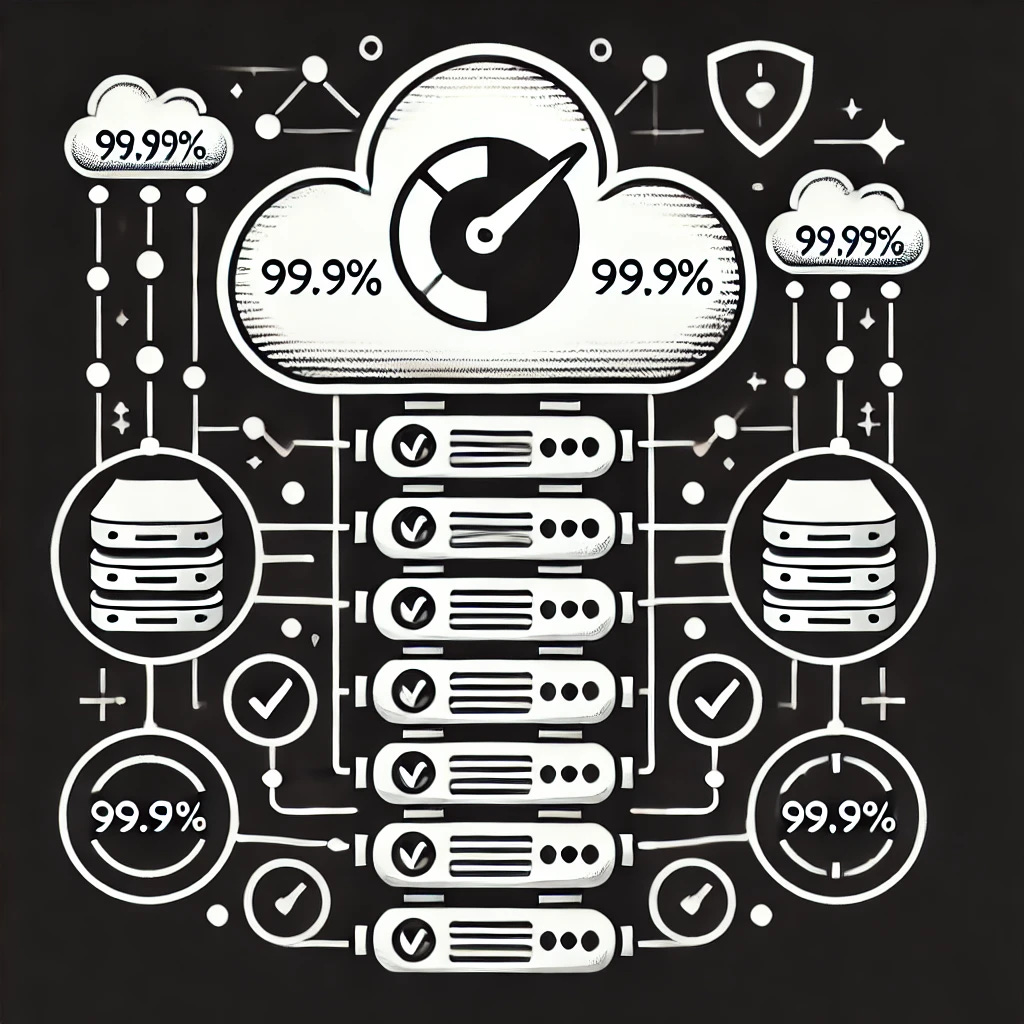Availability: Ensuring Your System is Always There When Users Need It
Welcome to the third instalment in our series on crucial non-functional requirements (NFRs) in software architecture! After exploring scalability and reliability, we're now turning our attention to availability - a critical factor in keeping your users satisfied and your business running smoothly.
Previously in Our NFR Series
Before we dive in, let's quickly recap our journey so far:
Scalability: We discussed how systems can handle growth in users, data, and complexity. [Link]
Reliability: We explored how systems can consistently meet user expectations under various conditions. [Link]
Now, let's illuminate the world of availability!
What is Availability in Software Architecture?
Availability is all about ensuring your system is operational and accessible when users need it. It's like being a 24/7 convenience store in the digital world - always open, always ready to serve.
But availability isn't just about uptime. It's about maintaining a level of service that meets or exceeds your users' expectations, even in the face of hardware failures, network issues, or other disruptions.
Key Components of Availability
Let's break down the critical elements that contribute to high availability:
1. Redundancy 🔄
Redundancy is about eliminating single points of failure. It's like having a spare tire in your car - if one fails, you have a backup ready to go.
Strategies for Redundancy:
Hardware redundancy: Multiple servers, power supplies, network connections
Data redundancy: Regular backups, data replication across multiple locations
Software redundancy: Clustered services, standby instances
2. Load Balancing ⚖️
Load balancing distributes incoming network traffic across multiple servers. It's like having multiple checkout counters in a store to prevent long queues.
Key Aspects of Load Balancing:
Even distribution of requests to prevent any single server from becoming overwhelmed
Health checks to route traffic only to operational servers
Ability to add or remove servers from the pool without disruption
3. Failover Mechanisms 🔀
Failover mechanisms automatically switch to a standby system or component when the primary one fails. It's like a relay race where the baton is seamlessly passed to the next runner if one stumbles.
Important Failover Considerations:
Automatic detection of failures
Quick and smooth transition to backup systems
Regular testing of failover processes
4. Geographic Distribution 🌎
Geographic distribution involves spreading your system across multiple physical locations. It's like a multinational corporation with offices around the world - if one location is affected, others can pick up the slack.
Benefits of Geographic Distribution:
Resilience against regional outages (e.g., natural disasters, power failures)
Improved performance for users in different parts of the world
Compliance with data localization regulations
The Nines of Availability
When discussing availability, you'll often hear about "nines". This refers to the percentage of uptime a system achieves:
Two nines (99%) = 3.65 days of downtime per year
Three nines (99.9%) = 8.76 hours of downtime per year
Four nines (99.99%) = 52.56 minutes of downtime per year
Five nines (99.999%) = 5.26 minutes of downtime per year
While five nines sounds impressive, it's important to consider whether such high availability is necessary for your specific use case.
Architect's Alert: Balancing Availability and Cost
🚨 Architect's Alert: Striving for extremely high availability can sometimes conflict with cost-efficiency. It's important to find the right balance based on your business needs and user expectations. Don't break the bank for those extra nines!
Increasing availability often comes with exponential costs. Consider:
The actual impact of downtime on your business
User expectations for your type of service
Regulatory requirements in your industry
Sometimes, scheduled maintenance windows or slightly lower availability might be acceptable if communicated clearly to users.
Strategies for Improving Availability
Here are some go-to strategies for enhancing system availability:
Implement Autonomous Systems: Design systems that can automatically detect and recover from failures.
Use Cloud Services: Leverage the built-in high availability features of major cloud providers.
Employ Microservices Architecture: Isolate failures to individual services rather than bringing down the entire system.
Conduct Regular Disaster Recovery Drills: Practice makes perfect - regularly test your failover and recovery processes.
Monitor Proactively: Use advanced monitoring tools to detect and address issues before they impact users.
Conclusion
In today's always-on world, availability can be the difference between retaining users and losing them to competitors. By focusing on redundancy, load balancing, failover mechanisms, and geographic distribution, you can create systems that are there for your users, whenever and wherever they need them.
Remember, the goal isn't necessarily 100% availability (which is practically impossible), but rather to meet and exceed your users' expectations consistently.
Question for You: What's the most creative or effective solution you've seen or implemented for ensuring high availability? Share your experiences in the comments!
Stay tuned for our next post, where we'll explore another crucial non-functional requirement in our architectural journey.


